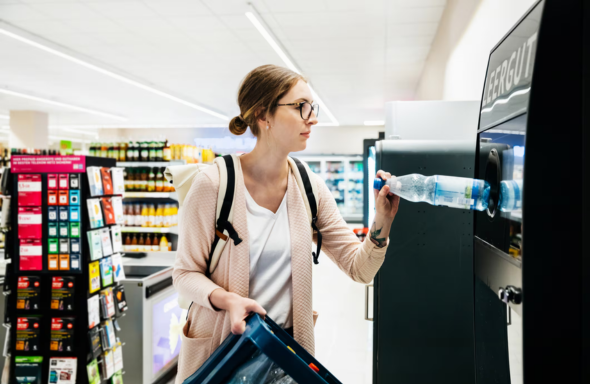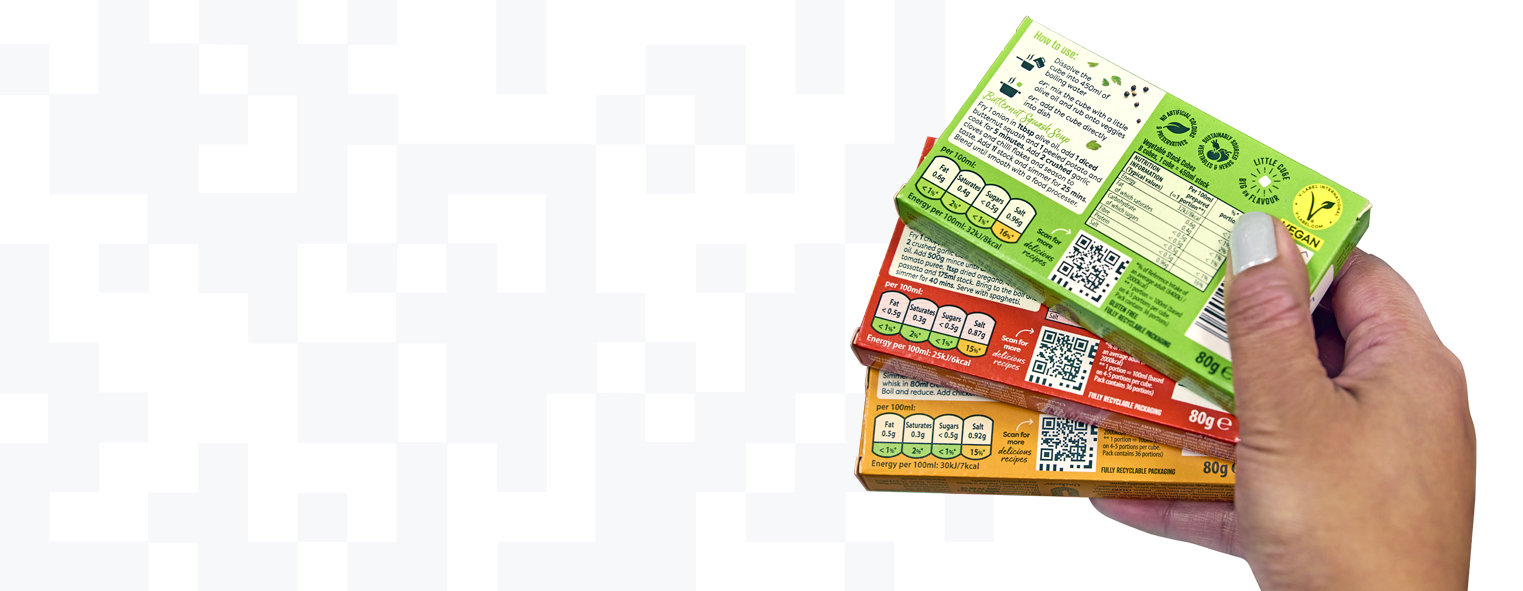
The success of Deposit Return Schemes (DRS) hinges on the efficient and accurate tracking of returned containers.
GS1 standards play a critical role in enabling this by ensuring consistent product identification and data exchange.
This empowers all stakeholders, from manufacturers and retailers to consumers and recyclers, to participate seamlessly in the scheme and contribute to increased recycling rates.
What is DRS?
Deposit Return Schemes are a vehicle to incentivise consumers to recycle drinks containers and reduce litter.
Consumers pay a small deposit for drinks containers, which can be refunded upon return. Consumers typically return drinks containers to a reverse vending machine or hand them back to retailers. Both models rely on barcode scanning to identify the product.
Deposit Return Schemes are popular in many places in the world and have been implemented in many countries over the last 30 years. The UK is set to go ahead and implement its own scheme by mid-2027.
In the April 2024 policy statement, the government has opened the door to the potential to use a QR code as an alternative to the linear barcode. These QR codes could be scanned at return points and facilitate consumer interaction with the scheme.
There are several legislative and operational milestones required to achieve this, particularly regarding the decision to include or exclude glass, the delay in implementing regulations in Wales, and potential language around the inclusion of Reuse targets.
Alternative approaches are being explored, through the testing of Digital Deposit Return Schemes (DDRS). Consumers could recycle at home, scanning serialised barcodes on the drink containers and their own bins, or on the go.
GS1 standards powering DRS
Global Trade Item Numbers (GTINs)
Global Trade Item Numbers (GTINs) are crucial for DRS because they uniquely identify each container, enabling tracking from purchase to return. This scanned GTIN data verifies eligibility, calculates refunds, manages inventory and prevents fraud. GTINs also support consumer engagement via smartphone scanning. Essentially, GTINs are the foundation for a successful DRS, ensuring smooth operation and promoting recycling.
Digital Link
Digital Link, accessed through QR codes powered by GS1, significantly enhances DRS. By capturing detailed information like material composition and recycling instructions, these codes streamline logistics and improve fraud prevention. They empower consumer engagement and provide valuable data insights for optimising DRS programmes and driving a circular economy.
SSCC
Serial Shipping Container Codes (SSCCs) are recommended for tagging Reverse Vending Machines (RVMs) bags, as it is common practice in most countries with a DRS and considered best practice for logistics units. This does not require software updates for most scanners, as they are typically off-the-shelf ready and adhere to industry standards.
Global Location Numbers
Global Location Numbers (GLNs) provide a standardised method for identifying locations, and within DRS, they are crucial for accurately tracking the flow of containers through Reverse Vending Machines (RVMs), ensuring accountability and efficient system management.
Let's build a sustainable future together
Get in touch to explore how GS1 UK can support your sustainability journey.



